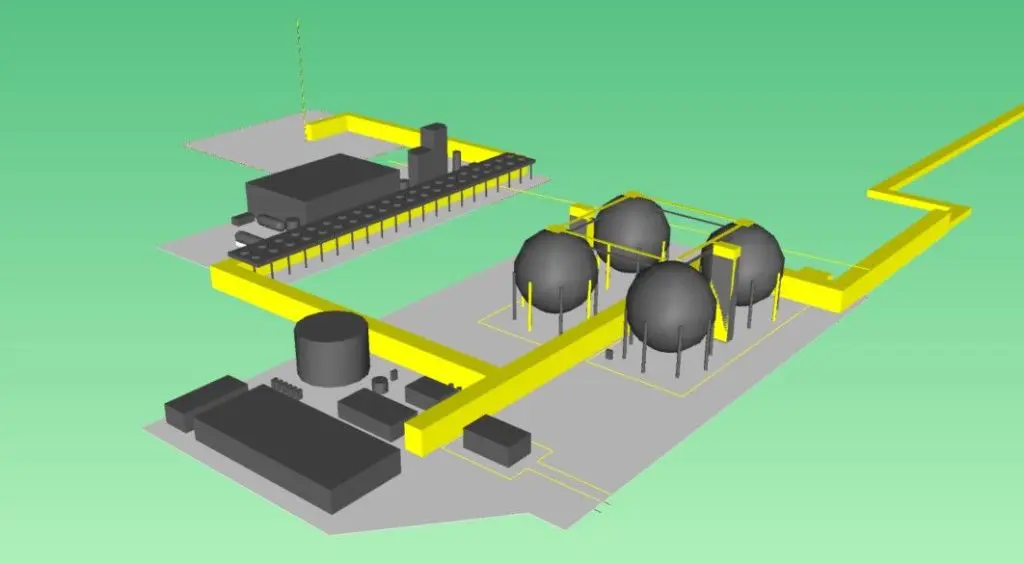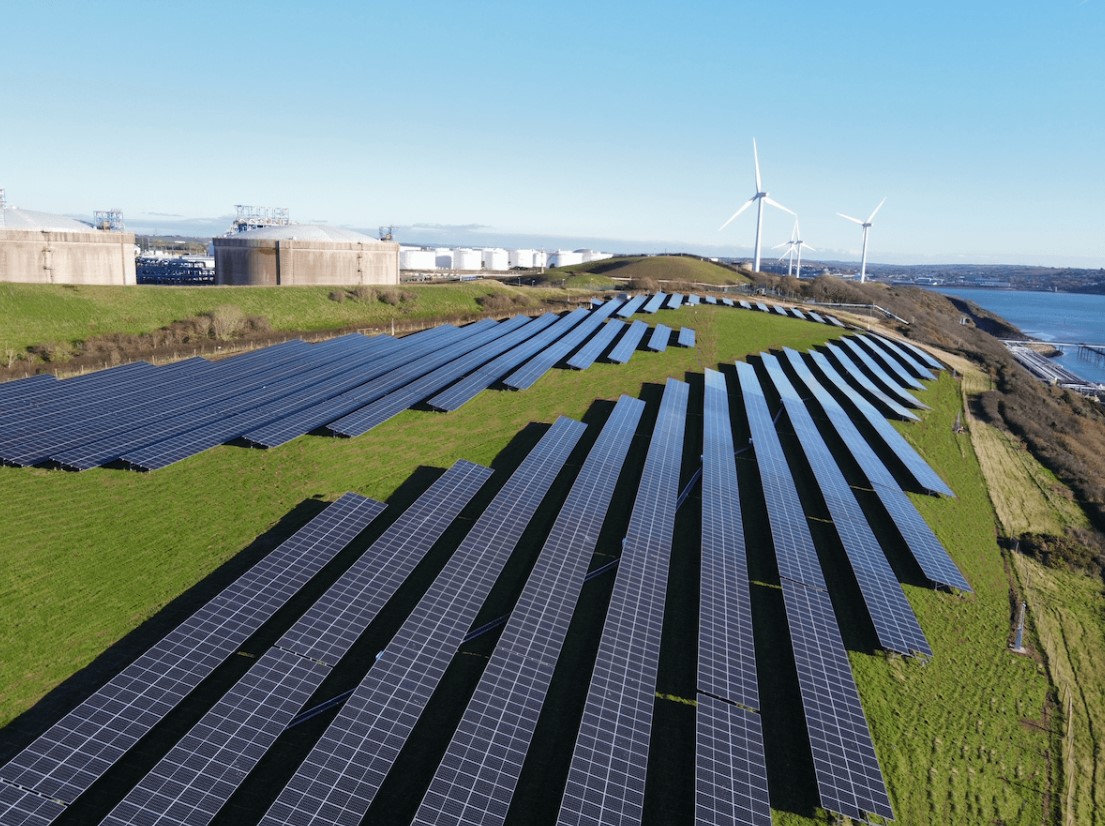The UK’s Dragon LNG terminal in Milford Haven, equally owned by LNG giant Shell and a unit of infrastructure investment manager Ancala, has contracted Australian engineering firm Worley to conduct a study on integrating LNG regasification and CO2 liquefaction processes.
According to a statement by Dragon LNG, the study is focusing on exploring the potential benefits of integrating LNG regasification and CO2 (Carbon Dioxide) liquefaction processes at its facilities.
“This integration holds promise for a more efficient operation, with the potential to reduce energy consumption, carbon intensity and the levelized cost of CO2 export not only at the Dragon site but also for Haven industry companies,” it said.
If feasible, the technology at Dragon would support wider collaboration with RWE Pembroke Net Zero Centre, whose CO2 would be transported to the Dragon facility for processing before being shipped via non-pipeline transport (NPT) to carbon sequestration sites.

Dragon LNG said this move is part of its ambition to become a “net zero terminal” by 2029.
The LNG terminal operator is meeting a part of its electricity needs via a 10 MW solar park located at the Waterston site it launched in March last year.
The installation comprises 18,500 solar panels.
Dragon LNG received its first cargo in July 2009.
It consists of a jetty, two 160,000-cbm storage tanks, and regasification facilities with a maximum gas sendout rate to the UK’s transmission system of 9 bcm per year, according to its website.
Shell and Petronas have 50 percent capacity rights at the facility, each. The Malaysian company sold its 50 percent share in the facility to Ancala in 2019, but it kept a long-term throughput agreement with the terminal.

